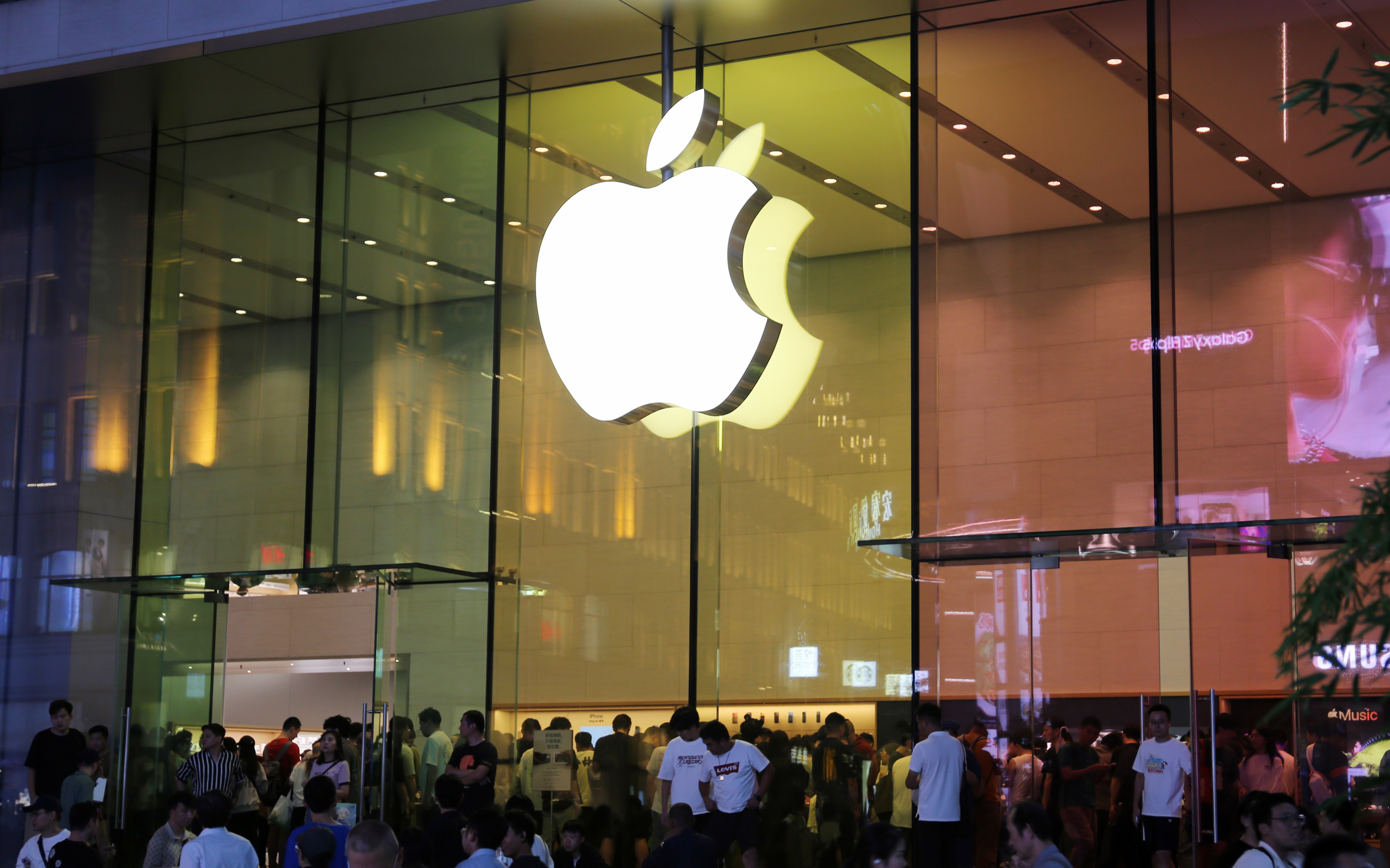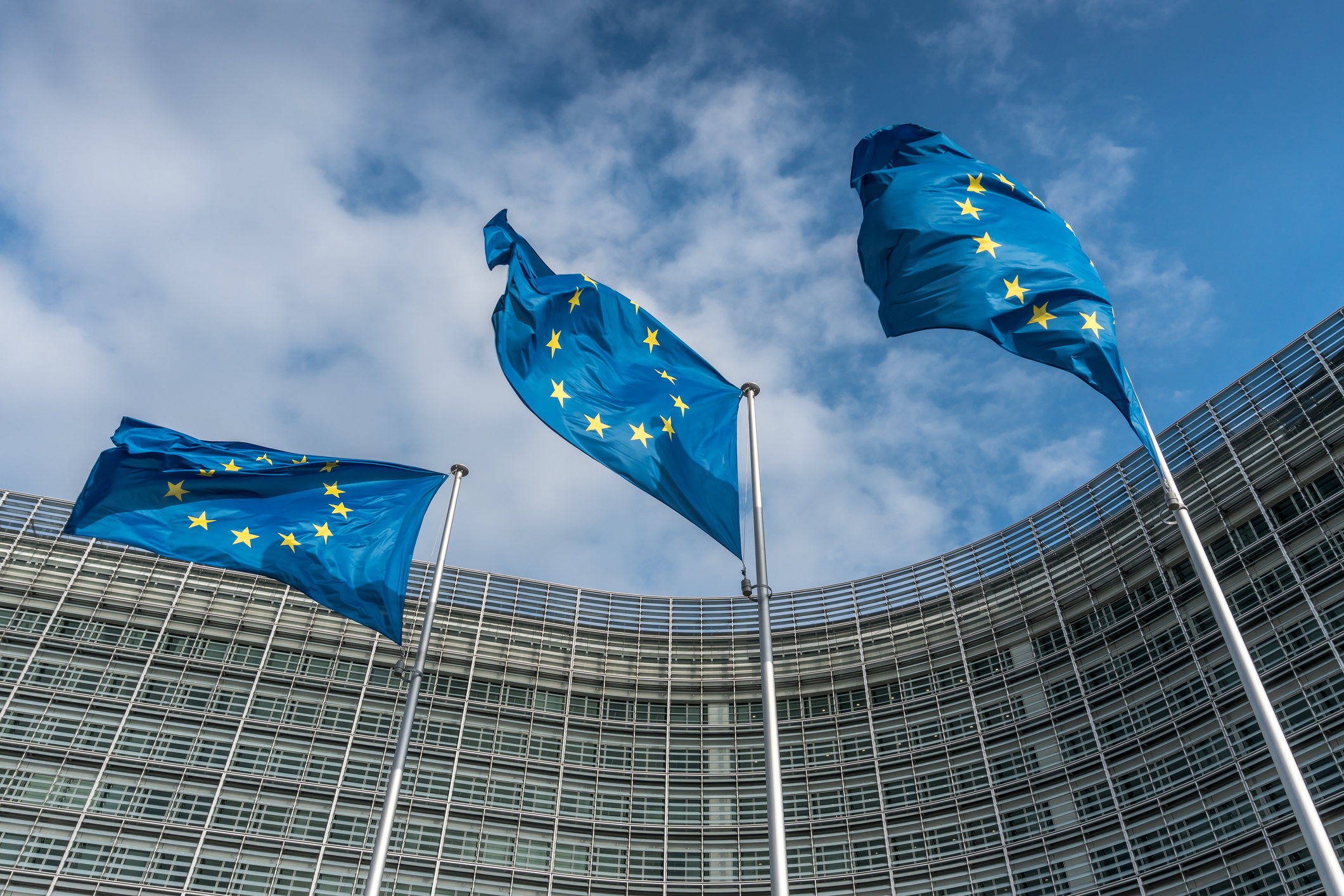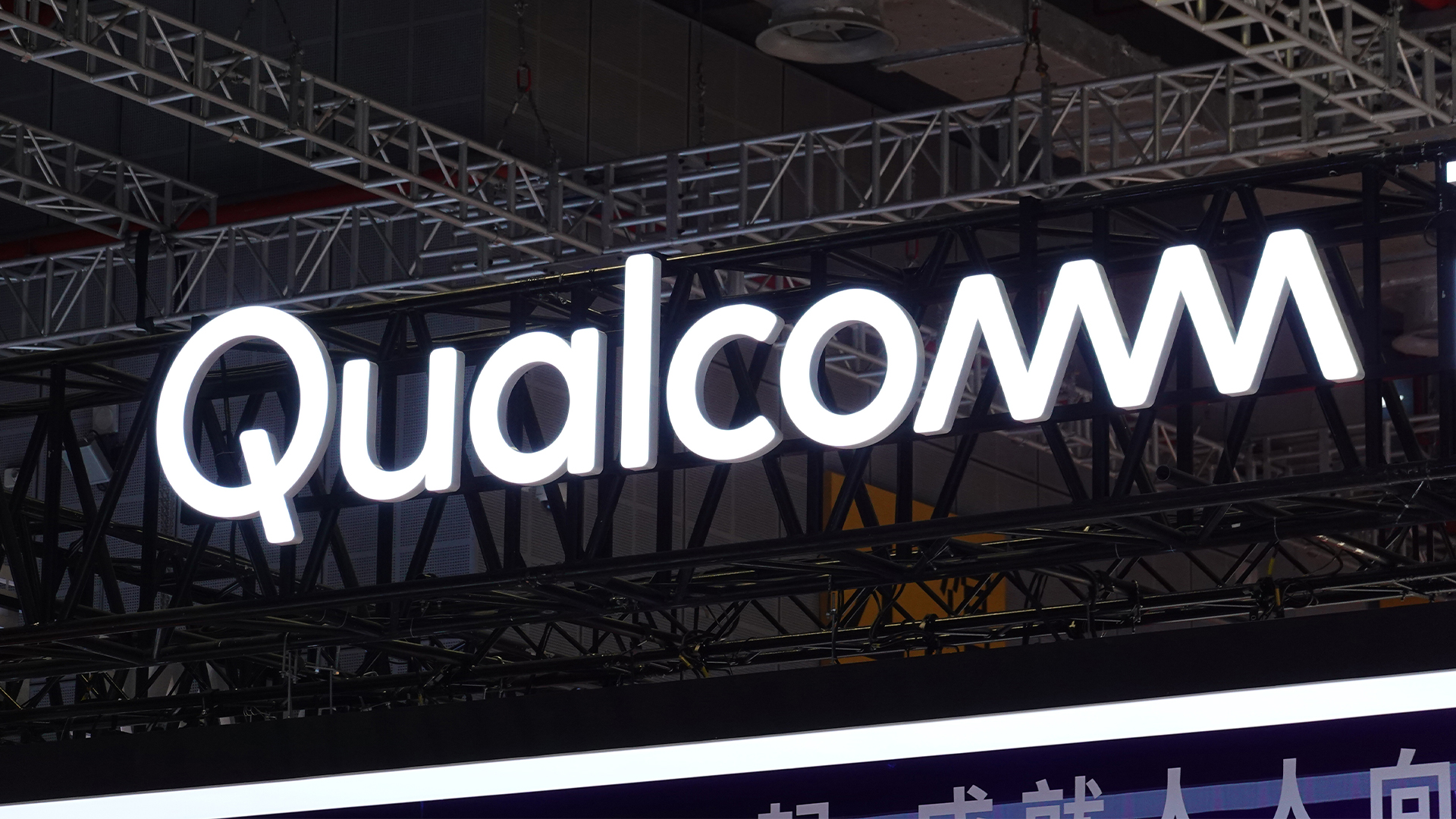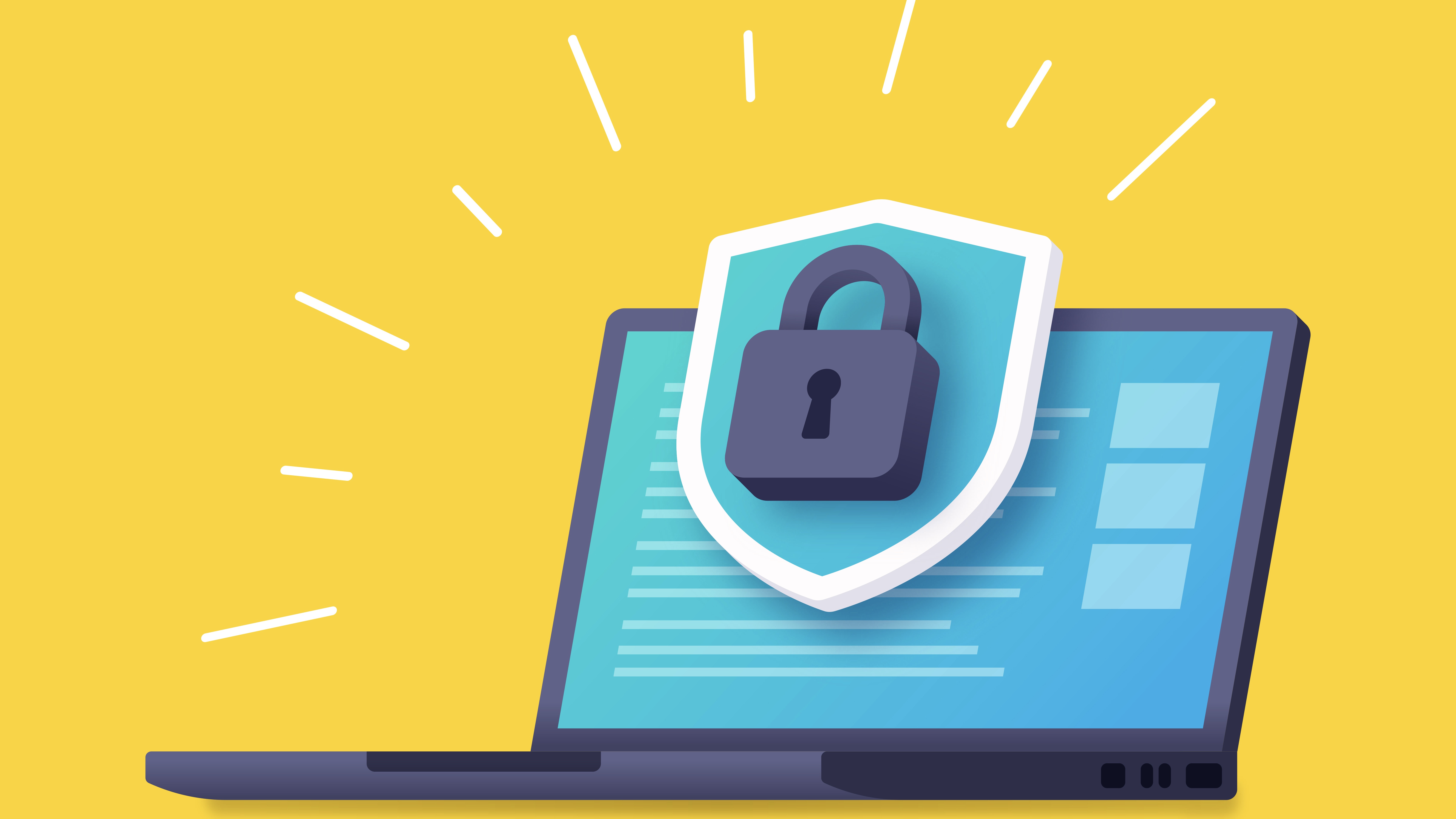Will Malware 2.0 replace Web 2.0 in 2009?
The new breed of web infection is making regular browsing a particularly hazardous experience.

The next generation web has created a new wave of infection which you can catch simply by visiting a web page, according to an EU report.
EU agency ENISA explained that the risks of Web 2.0 - with its use of photo sharing, wikis, social bookmarking and social networking - was creating a new breed of web-borne infection.
Web 2.0 application vulnerabilities such as cross-site scripting had been an important contributor for the rise of so-called "Malware 2.0".
Infection with malware was also being increasingly via drive-by vectors, where machines could be infected by visiting a web page, without the user doing anything else.
One of the big problems was that web applications had to become increasingly sophisticated to keep up with demand for services, but this was creating big security holes.
"Web 2.0 applications are pushing existing web technologies to their limits - as a result, even the best developers have had to resort to hacks' and loopholes in the system to make their applications work," said ENISA expert Giles Hogben.
"It's no surprise that criminals are attacking these applications, and are using them as vehicles to distribute malicious code to users."
Sign up today and you will receive a free copy of our Future Focus 2025 report - the leading guidance on AI, cybersecurity and other IT challenges as per 700+ senior executives
It was added that there was now flourishing black market in malware installations, where it was becoming organised and lucrative enough to offer package deals with standard prices per installation'.
It was a form of malware as a service', which IT PRO has seen on the rise in 2008, together with how easy it's become to be an online criminal.
Another major problem was that it was becoming more difficult for users to recognise whether information could be trusted without knowing where it originally came from.
A related survey using a YouGov panel revealed that most people would trust a source as long as it appeared more than once on the web, but the tendency of blogs and wikis to replicate rumours makes this a bad strategy.
The full report is available here, with survey results here.
Click here for more on ENISA's work protecting Europe from cyber attack.
-
 EU lawmakers want to limit the use of ‘algorithmic management’ systems at work
EU lawmakers want to limit the use of ‘algorithmic management’ systems at workNews All workplace decisions should have human oversight and be transparent, fair, and safe, MEPs insist
-
 European Commission calls for cyber security proposals
European Commission calls for cyber security proposalsNews With a special focus on healthcare, the Commission is looking to allocate €145.5 million
-
 Forcing Apple to allow alternative app stores might cause major security risks
Forcing Apple to allow alternative app stores might cause major security risksAnalysis Apple will be forced to allow third-party marketplaces on its devices, but some experts have raised serious security concerns
-
 Why bolstering your security capabilities is critical ahead of NIS2
Why bolstering your security capabilities is critical ahead of NIS2NIS2 regulations will bolster cyber resilience in key industries as well as improving multi-agency responses to data breaches
-
 New EU vulnerability disclosure rules deemed an "unnecessary risk"
New EU vulnerability disclosure rules deemed an "unnecessary risk"News The vulnerability disclosure rules in the Cyber Resilience Act could also cause a “chilling effect” on security researchers
-
 Are you ready for NIS2?
Are you ready for NIS2?WEBINAR Find out what you should be doing to prepare for the EU’s latest data protection regulation and UK equivalent with our free webinar
-
 EU regulators are digging their heels in despite big tech’s Data Act pushback
EU regulators are digging their heels in despite big tech’s Data Act pushbackAnalysis EU regulators are no strangers to big tech regulatory push back, so why do companies still persist?
-
 Microsoft's EU Data Boundary will begin staggered rollout in January 2023
Microsoft's EU Data Boundary will begin staggered rollout in January 2023News Public sector and commercial customers will be the first to benefit when the rollout begins on 1 January across all of Microsoft's core services

